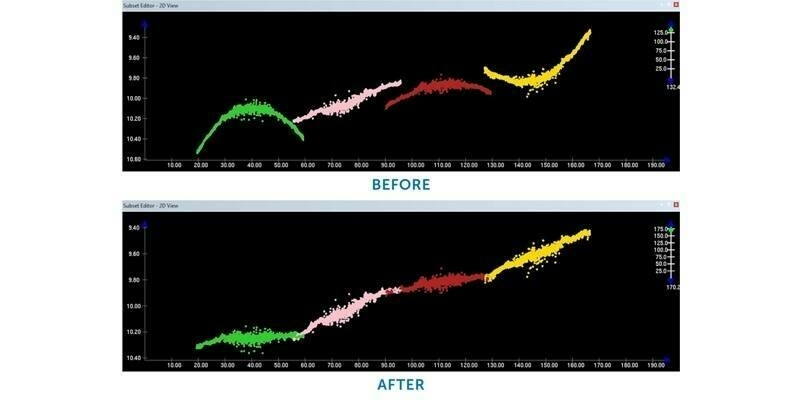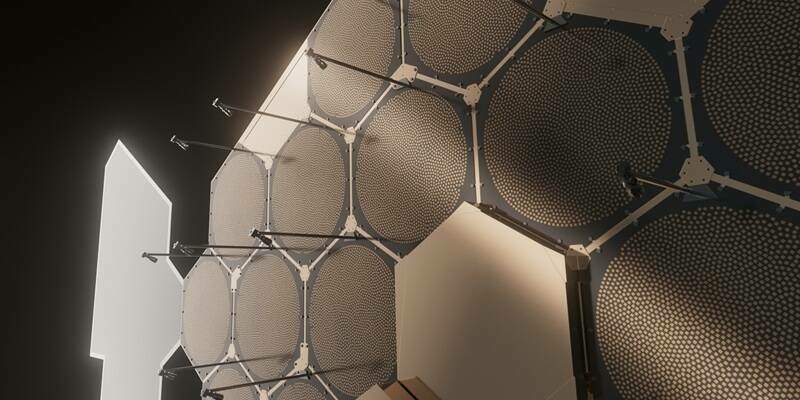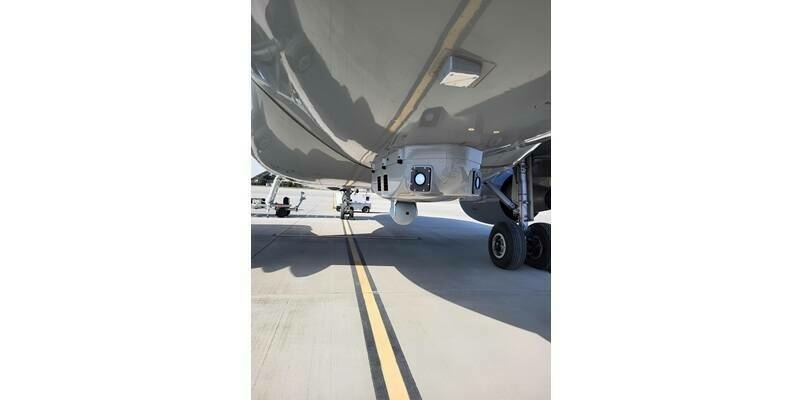The team at geospatial 3D mapping specialist GeoSLAM has claimed the unusual accolade of creating a digital twin of the world’s largest dinosaur.
Standing at 85ft and weighing a mammoth 65 tonnes, Drumheller’s T-Rex in Alberta, Canada was scanned using the handheld Zeb Horizon in just four minutes and 12 seconds.
Nothing could tricera-top the feat of scanning this popular attraction, which, at 151-feet long, is 4.5 times bigger than its fossilized counterpart. With 106 stairs to climb to reach its jaws, and a mouth that spans 60sq feet, the record-breaking attraction cost over $1million to construct in 2000.
The device’s ‘walk and scan’ method of data collection enabled GeoSLAM’s Matt Teppler to remain at an arm’s length and scan the structure on-the-go from the ground, accurately capturing the finer details of the design during his vacation.
The Zeb Horizon was chosen due to its ability to map objects within a range of 100-metres, capturing 300,000 points per second to an accuracy of 1-3cm while on the move. These features enabled Matt to collect the more complex, hard-to-reach details on the subject, due to its height, that traditional static scanners may not have been able to capture.
Subscribe to our newsletter
Stay updated on the latest technology, innovation product arrivals and exciting offers to your inbox.
Newsletter

